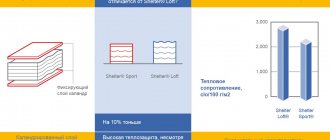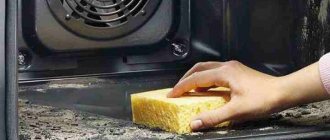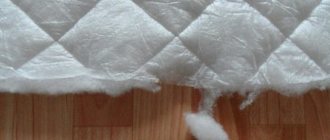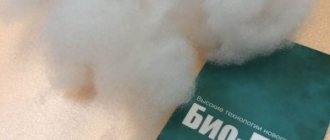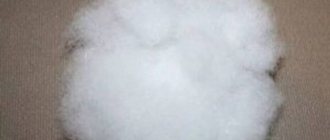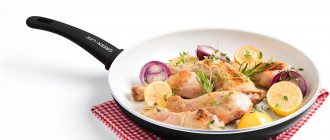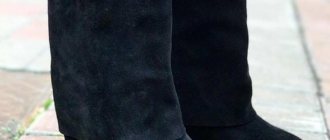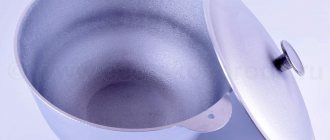There is a wide range of jackets with different fillings on sale. In order for the product to be of high quality and protect against extreme cold, you need to study various materials, both synthetic and natural. What is Thinsulate, which is so popular now?
Description of fabric, composition, cost
Thinsulate is a filler consisting of several tiny fibers, which are enclosed in a shell of non-woven material. There are also varieties without a shell. The weight of Thinsulate is light, so products with it are comfortable to wear.
Thinsulate thickness varies depending on the material.
There are 5 types in total:
- Classic - "C". The thickness of the fibers does not exceed 175 mm. Density can reach up to 263 g per m2. The shell is double: on one side there is a classic interlining, and on the other there is a two-layer one. It has the lightest weight and is much warmer than other analogues.
- "R". The thickness does not exceed 210 mm, and the density reaches 230 g per m2. Consists entirely of polyester. Double shell. It is considered the most economical type.
- "TIB". Thickness up to 250 mm, and density up to 191 g per m2. Consists of 5% polyolefin and 95% polyester. Quite voluminous, with a stitching pitch of up to 30 cm. It has a double stitch.
- "IN". Thickness – up to 80 mm, and density – up to 420 g per m2. Consists of polypropylene (88%) and polyester (12%). Has a double shell. It is resistant to compression and does not lose its thermal insulation properties.
- "FR". Thickness – up to 180 mm. Density – up to 200 g per m2. Consists of meta-aramid (65%), vinylidene chloride copolymer (20) and polyethylene styrene (15%). It is resistant to fire and has good thermal insulation properties.
The cost of Thinsulate insulation for clothing depends on its type. For type “P” you will have to pay 400-900 rubles. for 1 m. Variety “C” costs about 500 rubles. per 1 m. Initial cost of type “B” is 1800 rubles. for 1 m.
Kinds
There are many modifications of Thinsulate, the varieties of which are distinguished according to certain characteristics.
By manufacturing method
Depending on the presence or absence of the membrane, Thinsulate is divided into three groups:
| Type of Thinsulate | Features of insulation manufacturing | Mode of application |
| Without shell | It consists of thin sheets, the fibers of which are connected with glue. | Sewn between the lining and facing fabrics. |
| The shell located on the side of the lining fabric. | Heat is retained better and insulation wear is reduced. | It is necessary to additionally quilt the filler after approximately 20 cm. |
| Shell on both sides | It does not require quilting, as it is stitched every 20 cm, so it does not fray, wears out less, and warms better. | Attached to the seams of the product. |
Special series of insulation
The choice of Thinsulate is made easier by the fact that it is divided into 4 series, each of which is intended for a specific type of clothing.
Author:
Anastasia Kukushkina
I hope you enjoy the article I have prepared for you! If you find errors in it, write to me about it! I will answer any questions you have, ask them!
